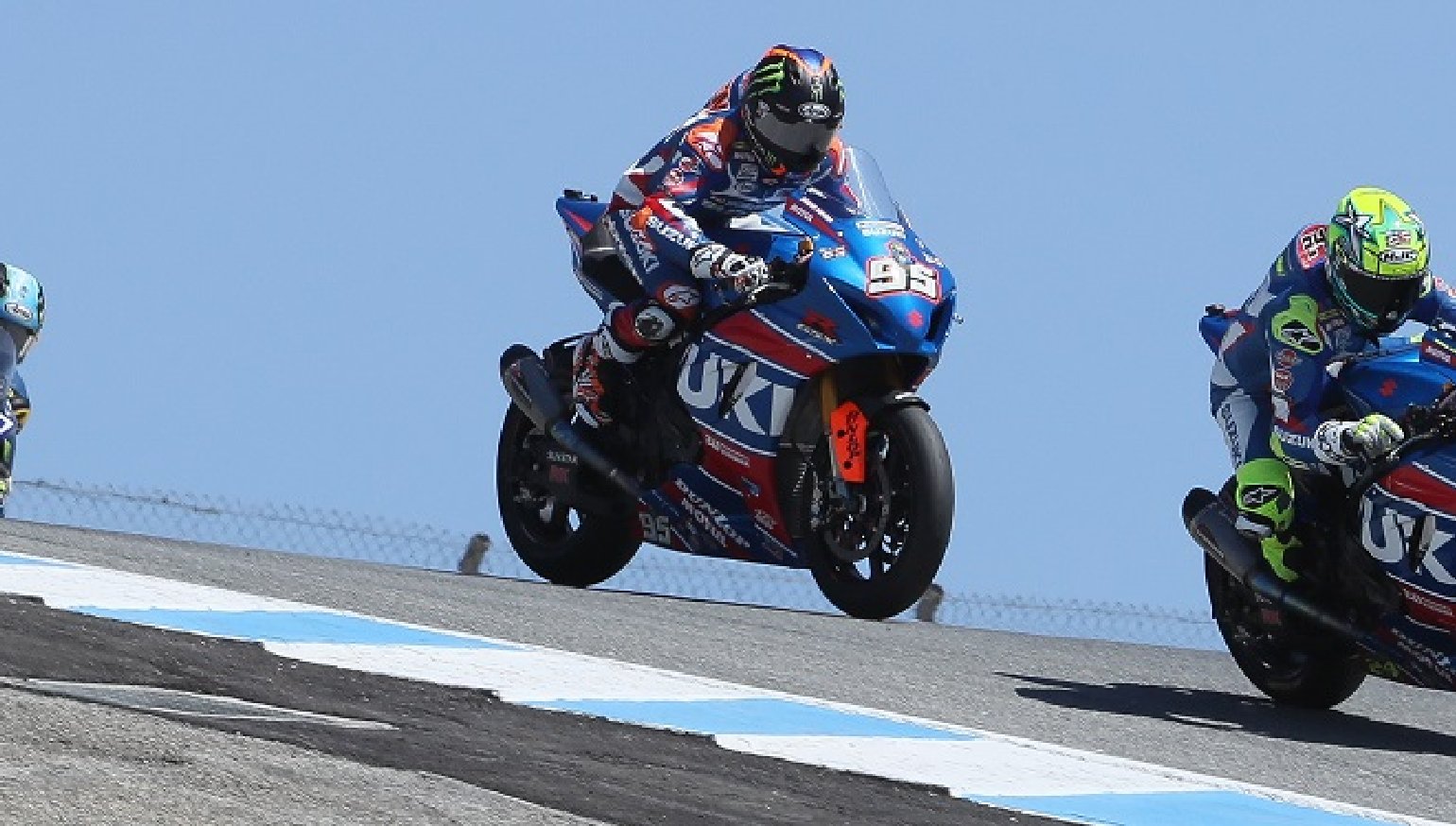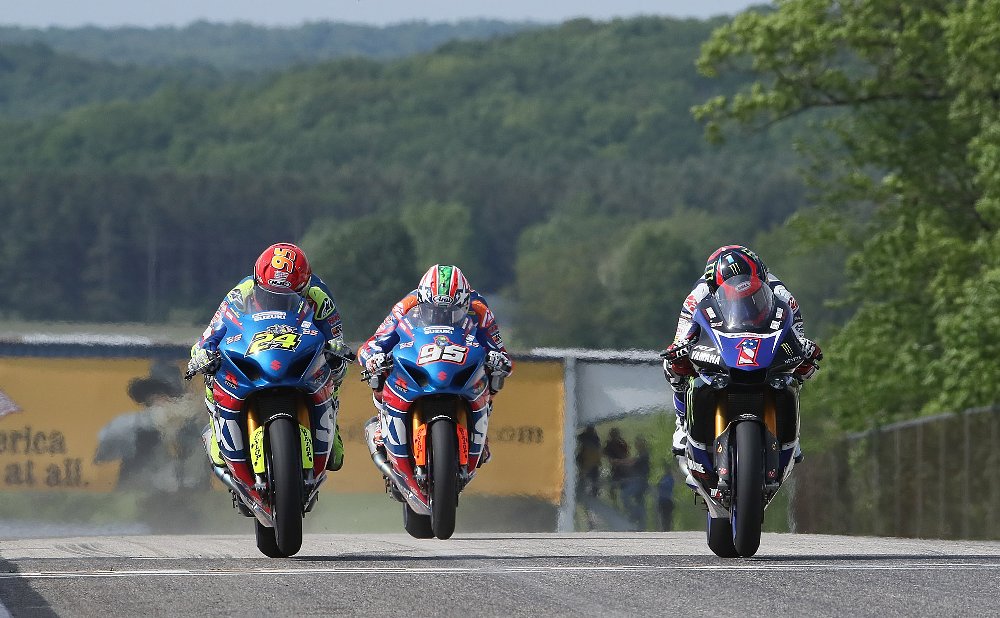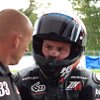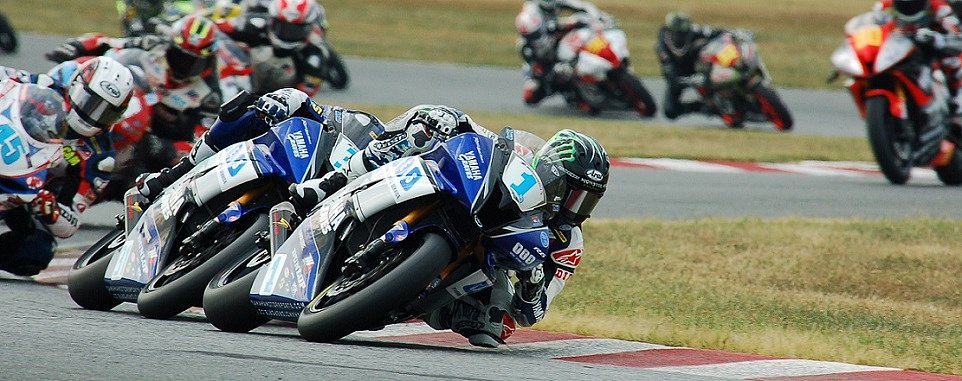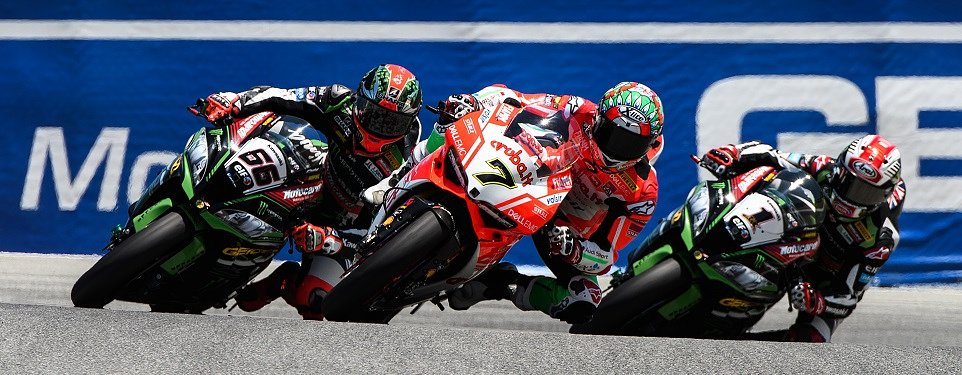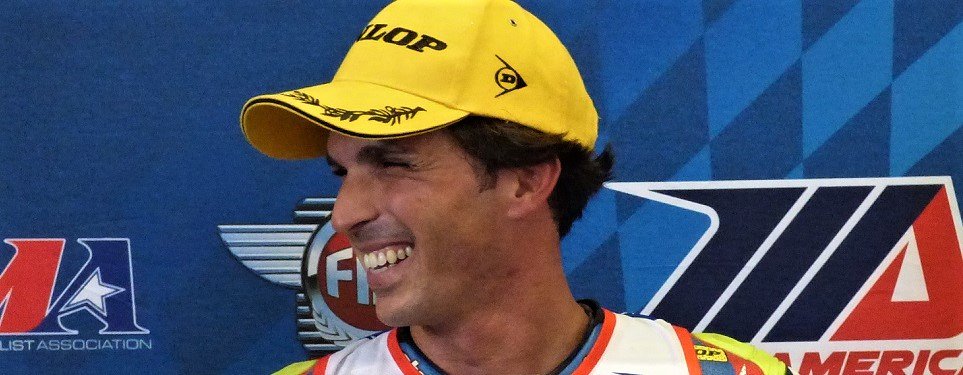MotoAmerica is making its biggest changes yet in its racing classes for 2018, its fourth year of running the series. The big question: Will it give the series the boost it needs?
Three current classes will disappear and three new classes will come in to take their place, while the confusing race-within-a-race setup of having Superbike and Superstock 1000 classes and Supersport and Superstock 600 classes racing together will be eliminated. There is potential here. A new Junior Cup, modeled after the World Supersport 300 class, will introduce brand competition into the feeder class for young racers. A new Twins class will try to capitalize on the popularity of mid-size street bikes, just as the 600 cc race replica class loses popularity on the street.
There are also risks in the strategy, of course. Let's break down the new classes for 2018.
Superbike
The changes for 2018 put more emphasis on Superbike as the premier class. Instead of the Motul Superbike and Bazzazz Superstock 1000 classes running together on the track, Superbikes will have a stand-alone race. To support the class, MotoAmerica is increasing purse money to more than $1 million and setting aside $775,000 of that for Superbikes.
The dual race-within-a-race format was a necessity when MotoAmerica took over the debilitated series in 2015. There just weren't enough Superbikes to fill a grid. Even now, it's a risky proposition, because the competition is still thin. There are still only two full factory teams and only a few privateer teams fielding Superbikes. One of those dropped out for the last three rounds.
One of MotoAmerica's challenges is convincing skeptical fans that it's a first-class, professional racing series. I've heard plenty of people dismiss Superbike racing in the United States right now as a "glorified club race" that's not worth their attention or ticket dollars. If MotoAmerica ever ends up with a grid of eight Superbikes starting a race, that will not do much to enhance the appearance. On the other hand, if teams fielding Superstock 1000 machines can step up to the Superbike class, the series may be able to continue progressing.
Supersport
The goal in the Supersport class was to make it simpler for the fans and less expensive for the race teams. The Superstock 600 class is eliminated and the Supersport rules were rewritten to prohibit some of the modifications, such as cylinder head work, that made running a competitive Supersport team so expensive. The resulting class was described by MotoAmerica as a blending of the two current classes, but again, without the confusion for the fans of having two classes racing on the track at the same time.
Stock 1000
The biggest surprise to me is the Stock 1000 class, which MotoAmerica described as a feeder class for Superbikes. It will have licensing restrictions that will keep it aimed at riders without a lot of experience racing liter-class motorcycles. My surprise is based on the fact that it will essentially add another race to the weekend and will create three different classes that could be seen as stepping stones for racers gaining experience.
And that brings us to the other two new classes, which are the most interesting news of all.
Twins
As street riders and manufacturers alike lose interest in the once mighty 600 cc race replica class, MotoAmerica is trying to capitalize on the growing popularity of mid-size bikes such as the Kawasaki Ninja 650 or Yamaha FZ-07 that are popular in amateur club racing. The class is open to four-cycle twins with 600 cc to 850 cc displacement. Minimum weight in the provisional rules is 135 kg (297.6 pounds) for 600 cc to 749 cc motorcycles and 145 kg (319..6 pounds) for 750 cc to 850 cc bikes. The provisional rules allow engine work, such as porting and polishing cylinder heads, changing the pistons, etc.
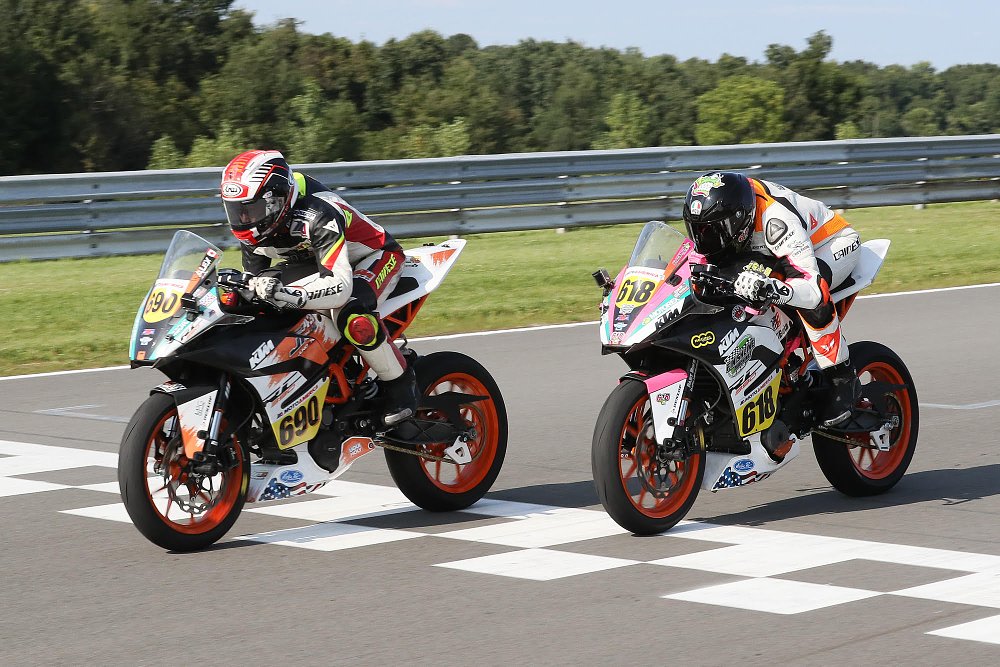
Junior Cup
The other new class is the Junior Cup, based on the World Supersport 300 class. In MotoAmerica, it will replace the KTM RC Cup Championship and add the dimension of brand competition. The motorcycles eligible for the Junior Cup are the same ones eligible for World Supersport 300: the Honda CBR500R, the Kawasaki Ninja 300, the Yamaha YZF-R3 and the KTM RC390. The new Suzuki GSX250R is eligible but has not yet been homologated. Like World Supersport 300, a system of minimum weights and maximum rpm limits is intended to even out competition between motorcycles of different displacements.
The other change from the RC Cup is that the age limits have been changed from 14-22 to 14-25.

Will all this work?
MotoAmerica needs a boost. The management team has brought the series back from the dead and television ratings are still rising. Reliable attendance figures are hard to come by, but my purely subjective guesstimates, based on the races I attended this year, ranged from "that's encouraging" to "huh, I would have thought there'd be more people here on such a beautiful day."
As details of the changes began to leak out last weekend while the race teams were at New Jersey Motorsports Park, the initial reactions were guardedly positive. Everyone seems to agree that reducing costs in Supersport is a necessity. Adding brand competition gives fans another reason to pay attention to the Junior Cup, where a bunch of currently unknown teenagers vie to become the future star whose autograph fans will happily wait in line for. Just about everyone is happy to end the system of two classes racing at once.
MotoAmerica President Wayne Rainey said the goal was to create "a Superbike class with top-notch motorcycles, riders and teams from the top of the field to the bottom — just as the premier class should be." The obstacle to that is not a lack of talented riders or teams that want to go racing. The problem is the same old shortage: money. Right now, there's full manufacturer support for two teams and just barely enough backing from the rest of the diminished U.S. motorcycle industry to keep a few privateer Superbike teams circulating.
One of those privateers, Kyle Wyman, who turned in his best performance yet at NJMP with a second in the Superbike race two, talked about the importance of getting support from Yamaha Champions Riding School for the weekend.
"Getting toward the end of the year," Wyman said. "Funds are getting tight. You’re going out in Superpole and you’re like, well, I want to be on the front row but I also don’t want to crash this thing because I don’t know if I’ll have a bike in the afternoon if I do."
With the new class structure, MotoAmerica took a step toward trying to be the kind of series it hopes to become once again, where a guy like Wyman has an easier time of scraping together enough support to run his own team. It's not the safest strategy, maybe, but MotoAmerica has shown it's determined to try to keep pushing forward, even when there's some risk involved.




